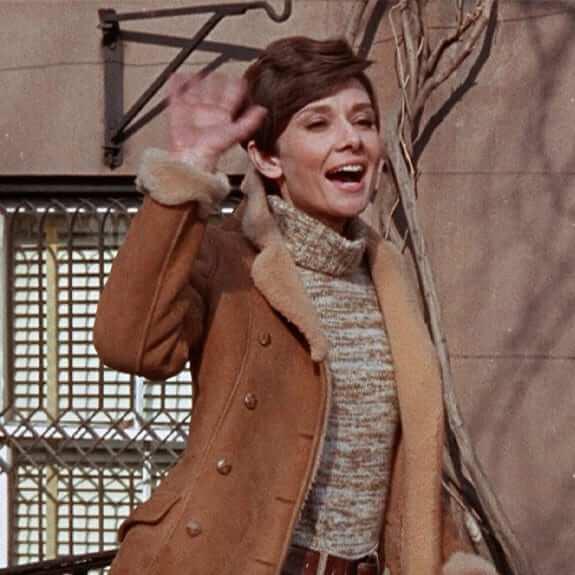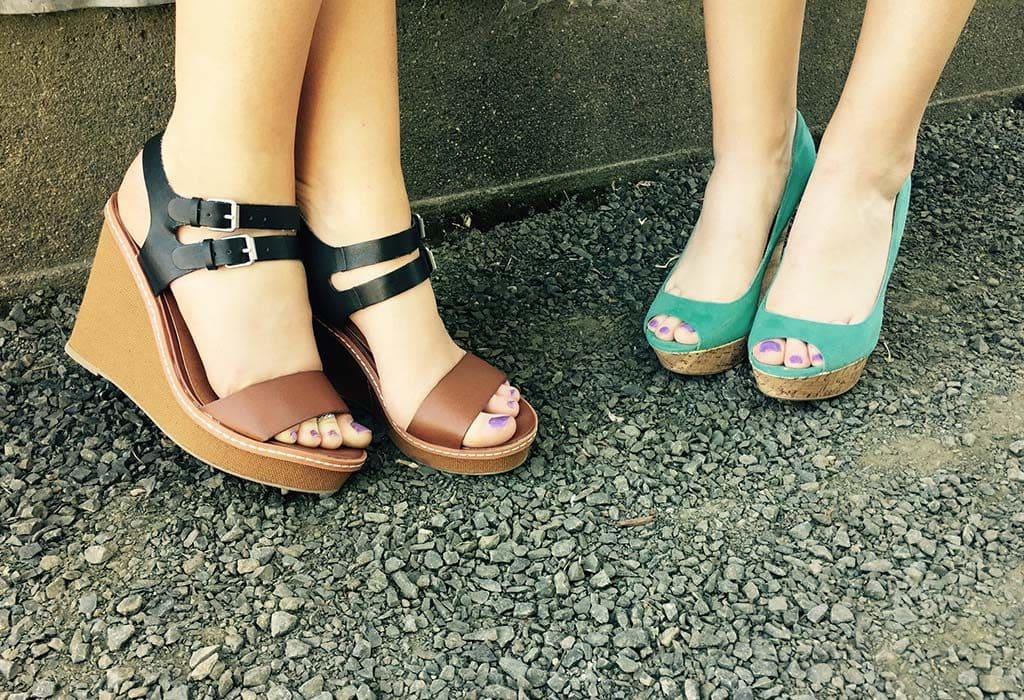Hollywood
From 1920 to the present, These Are The Most Popular Women’s Fashions
When it comes to fashion, we’ve come a long way. Even though fashion trends vary continuously each year, it frequently seems as though older patterns occasionally return to the market. But throughout the past century, a great number of fashion essentials have appeared on billboards, in malls, and on runways all over the world. Discover the patterns that characterized each decade during the course of the previous century.
Table of Contents
1. Flapper Fashion in the 1920s
Women were granted the right to vote for the first time during the 1920s, and the nation began to slowly recover from a catastrophic war. More and more women entered the job as the women’s rights movement grew, and the fashion business changed as a result. Designers started providing a little bit more whimsical clothing in place of more conventional styles. Pintucks, hemlines, and daring haircuts became increasingly popular among designers and professional women as flapper fashion swept the sector.

2. The 1930s – Darker Options
The Great Depression, which followed the end of the war, had a gloomy impact on women’s dress. Women began wearing outfits that were more somber and reflective of the time the nation was going through, in contrast to the colorful flapper style of the previous decade. A more style-conscious appearance was adopted by the fashion industry, which took cues from movie stars like Greta Garbo and Kathryn Hepburn. Women’s fashion choices likewise veered further toward androgyny.

3. A Conflict In Fashion: The 1940s
The normal Hollywood flashiness and a conventional approach to fashion produced a tremendous chasm in the 1940s. The common woman opted for work uniforms and more traditional and cozy appearances while the Hollywood business continued to develop glittering and showy clothing. Although it took some time for this kind of clothing to be recognized by the general public, work dresses and pant suits eventually became a common and supported option for women from all walks of life.

4. A New Approach to the Industry in the 1950s
With a sense of wealth and success permeating the air, the 1950s brought a little bit of a fresher approach to the sector. Some of the more frivolous fashion trends that had disappeared since the end of the 1920s were being brought back by designers. The practical patterns from the previous decade were still prevalent, but fashion designers were no longer afraid to bring back a more “feminine” look. Large companies like Christian Dior slowly helped the fresher trend resurface.

5. Swinging Times in the 1960s
In a society that had been through such terrible times, the 1960s saw an uprising of youthful voices striving to find their position. The fashion industry enthusiastically embraced the transformation as hippie and rocker fashions became more common in the streets. During this decade, the mod aesthetic, which featured patent leathers, strong shapes, and vivid colors, completely overtook the fashion world. In contrast to the incredibly exquisite style of people like Jackie Kennedy, iconic models like Twiggy further boosted the trend.

6. The 1970s: The Debut of International Fashion
In addition to the already well-established hippy themes that marked the decade before, the 1970s saw the emergence of the iconic disco subculture. During the 1970s, Americans started visiting abroad much more, and worldwide influences started to affect regional sectors. As they were exposed to the hues and textures of different nations, designers and artists started to see the world through new lenses. Stretchy and fitted clothing were popular during the generation, which also witnessed the rise of polyester fabric as a fad.

7. In the 1980s, the concept of “power dressing” emerged
The 1980s were fully dominated by MTV and bold fashion; throughout the decade, silhouettes, colors, and way too much permed hair were deemed “fashionable.” Biker jackets, torn tights, and oversize everything were other trends that emerged in the 1980s. Working women started to normalize “power clothing” in their professions around the same time, heavily influenced by films like Working Girl, which had a significant impact on the era’s fashion culture.

8. The 1990s: Casual and cool fashion returns
The popularity of movements like hip-hop, grunge, and punk among young people across the nation in the 1990s challenged the notion of mainstream fashion. The casual-cool look won out, and many women are now choosing minimalism as their preferred look. But even though people thought wearing simple, unfussy clothing was cool, they did add some flair with velvet, animal prints, and combat pants, making it one of the coolest eras in recent memory.

9. The 2000s – A Fuzzy Decade
The 2000s were a perplexing decade, with the “everything goes” trend dominating the scene. Denim jackets, cargo pants, tracksuits, and crop tops made the list of most popular women’s fashion items. Despite the fact that the decade did have some standards, it seemed as though a sort of mash-up of styles grew popular. To be honest, the people’s fashion choices were a reflection of the challenging and changing times our society was experiencing.

10. A Time For Self-Expression In The 2010s
It gets tougher and harder to pinpoint what’s in style as the years go by. Several fads have had comebacks, some of which have lasted while others have had the shortest comebacks ever. As women and men continue to express their femininity and masculinity in different ways, factors like self-expression and individuality gain importance. We are eager to see what the coming decade will bring given how fashion is constantly evolving and growing.

The young, free-spirited youth who gave up their corsets and flaunted their jazz dancing legs created the 1920s fashion.
However, if you look at 1910s girl’s clothing, you will notice drop-waist dresses in the same styles that were manufactured for women after 1922. Many historians claim that the ’20s flat chested aesthetic was inspired by young boys. All shapes and sizes of women in the 1920s loved these genderless identities and youthful girly looks because they allowed them to live carefree lives, pursue new interests, and create new opportunities for women’s rights.






